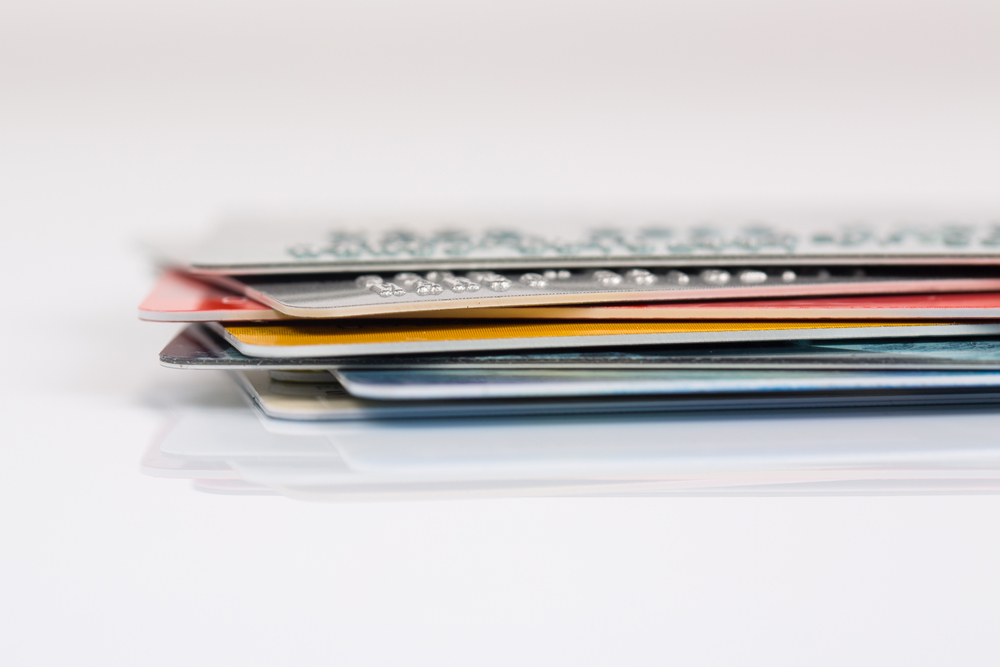EMV: The Future of Card Security
Target. Heartbleed. Home Depot. With the widespread news of the many security breaches in the last year, it may seem like consumers are seeing only the tip at the iceberg when it comes to security in ever evolving tech-hungry culture. Retailers are on the defensive as they repair their image and attempt to restore consumer confidence. Online entities are assessing their standards and seeking methods to stay ahead of the curve. And that’s why the timing couldn't be better for advocates of a new generation of security technology commonly called EMV.

EMV gets its name from three major companies who first began developing the protocol: Europay, Mastercard, and Visa. This technology uses a microchip on your credit card to encrypt your financial information and is a far more secure version of the magnetic strip that's on the back of your credit card now. It's verified at a point of sale terminal, just like a normal credit card.
The cost of implementation has always held EMV technology back, because that cost was greater than the amount of fraud loss that it would conceivable prevent. But that was then and this is now; we live in an era where data theft is affecting more retailers' profits so those calculations are now changing. Regulatory changes in 2015 will make retailers more liable for more fraud damages and that makes EMV technology more cost effective. Target has already committed to implementing EMV technology and other retailers may not be far behind. Make no mistake - EMV is coming.
What does this mean for you? Let's look at three differences you'll start to see:
More security
The greatest benefit that will be seen from EMV technology is the increased level of encryption that is used to protect your information. The current magnetic strip cards can be read and copied from most point of sale terminals in the United States, making it one of the most common forms of high-tech identity theft. EMV technology encrypts your data from the point of sale terminal to your financial institution. Since the US is a late adopter of EMV technology, which is already in use throughout Europe, it remains relatively easy for hackers to domestically exploit. Thieves steal magnetic strip data in the US and use them in Europe.
New ways to confirm your identity
One of the features of EMV technology is the ability to store a unique personal identification number (PIN). You can use it in place of your signature to show that you're the rightful owner of the card. This will make in-person shopping more convenient and more secure. Says one security expert; "It's easier to forge a signature than steal a PIN." Minimum wage retail workers don't receive much training in verifying signatures. A PIN is far more likely to be a secure way of completing transactions.
EMV will also make it easier and more secure to shop online. Instead of a security number that’s printed on the back of a card, you’ll use the same PIN that is used to verify your identity in stores. This change will make it faster, easier and more secure than it is to currently use your card online.
Fewer hands on your card
One of the benefits of having more data processing power in your wallet is that it's easier to integrate it with other machines. EMVCo, the company behind the technology, is exploring mobile connection options for their cards. This may even make it possible to complete a transaction without ever taking your card out of your pocket or purse. Instead, you may just enter your PIN and approve the charges at a point of sale terminal. The risks of fraud and theft decrease because fewer humans actually handle or even see your card. Not to mention, it's also more hygienic. 7 percent of the paper money that’s passed today also often harbors dangerous bacteria. The cashier who handles your card also handles the cards and money of everyone else that’s in line, creating a chance of passing all those germs on to you. Removing the human touch removes a lot of risk of infectious disease.
EMV technology is the future and we’ll all be using it sooner than we think. Aside from getting a new card issued to you and maybe learning a new PIN, you won't have to take any further action. Just enjoy the peace of mind that EMV technology may provide.
